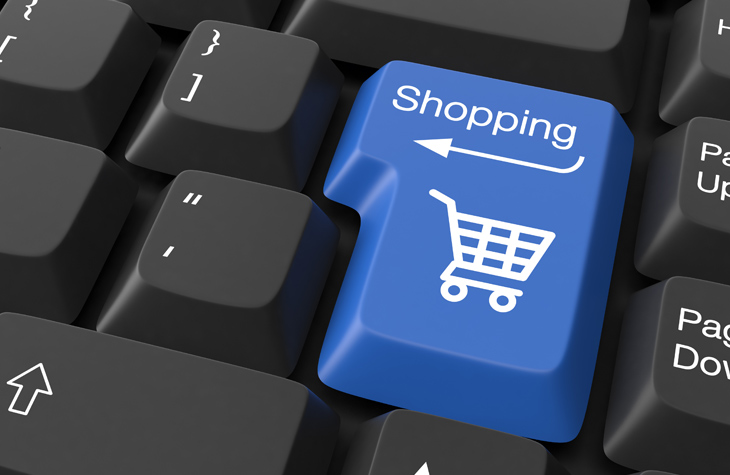Few if any areas of the customer journey impact top line growth more than checkout — the business end of the sales funnel. But with industry statistics showing that online shopping carts are abandoned more than two-thirds of the time, online retailers and eCommerce brands are still leaving significant revenue on the table.
The need to optimize the bottom of the funnel is not critical just to ‘close the deal’ and turn a visitor into a sale – it’s a big driver of customer satisfaction. Consumers don’t forget how smooth or rough a checkout experience they’ve had on your site – and it’s that impression that often dictates whether you can expect to convert them, and earn their repeat business.
One leading online retailer who has seen investment into streamlining their checkout process pay off is Costco, whose improvements in this area contribute to a marked increase in eCommerce sales.
Not surprisingly, consumers agree. Our recent consumer behavior survey asked more than 1,300 online shoppers which elements they felt made for a great online shopping experience, and over 75 percent cited the importance of an easy checkout process.
What steps can your eCommerce team take to ease your customers’ path at checkout rather than have them check out of your site altogether? Here are some insights shared by executives and shoppers alike that shed light on this critical part of the funnel:
[bctt tweet=”Get to the point — Streamline the path to purchase for your customers” username=”Namogoo”]
There are several changes you need to implement at checkout to completely remove friction for your customers, but not all of these require adding new features or software to your site.
In fact, the most frustrating part of the checkout process for both desktop and mobile shoppers in our survey was having to fill out the same information twice, selected by 63% of mobile, and 53% of desktop consumers, respectively.
These findings reveal the need to apply common-sense principles that many sites may still be overlooking. Checkout is not the stage of your sales funnel where you want to add work for your customers.
[bctt tweet=”Turn checkout into a confidence-booster for your customers” username=”Namogoo”]
In our ebook, The Customer Journey: A 360° View from Top eCommerce Executives, Samsonite’s VP of eCommerce Jay Nigrelli touches on one of the main barriers that cause customer hesitation at the final stage of their journey:
“At checkout, it’s important to more effectively explain to your customers when they should expect to receive their delivery. Instead of telling customers that we’re going to deliver in 4-10 business days, we can use information about where we’re shipping that order from to tell them exactly when it will arrive or at least give them a better range, and keep them updated on where their product is in the fulfillment process.”
So while less is more when it comes to the amount of information and effort you want to ask of customers at checkout, the more details you can provide your customers on what they should expect after placing their order, the more you’ll succeed in removing their doubts and gaining their trust – and their business.
[bctt tweet=”Make mobile checkout and payments the easiest part of the customer journey” username=”Namogoo”]
If consumer attention spans are difficult to capture on desktop, you can significantly amplify that challenge on mobile devices.
Jason LeBoeuf, Director of eCommerce at ASICS, emphasized the need to reduce friction for at mobile checkout for customers by offering the most seamless payment options and quickest path to getting there:
“As millennials grow you can expect the shift towards mobile to continue, so it’s critical to create a seamless mobile experience that lets you shop and checkout more easily. Reducing friction means ensuring you have concise product info on mobile, make storing shipping and billing details easy, and accommodate the different payment processes people are using, be it Apple Pay, Amazon’s OneTouch, Masterpass or PayPal. You don’t want to force customers to have to come back, because more often than not, they won’t.”
As mobile continues to take a larger piece of the pie when it comes to visitors and conversions, eliminating all possible bottlenecks at checkout becomes even more important. Eliminating friction for both your desktop and mobile users will help you reduce your cart abandonment rates and help by delivering an experience today’s consumers need to click the ‘buy’ button over and over again.



